It’s World Mental Health Day today; a good moment to pause and take stock of how we’re really doing — not just as individuals, but as leaders setting the tone for others.
There’s a quiet kind of endurance many architects develop — the ability to keep going long after the tank is empty. It starts with care: for the project, the detail, the deadline. But over time, that same care can turn into something heavier.
“Toughing it out” sounds admirable, yet it often hides exhaustion. The signs creep in slowly: the work feels harder to finish, the excitement fades, your patience shortens. You tell yourself it’s just a busy patch, but somehow it never ends.
Architecture and construction reward those who push through - perceived as capability and resilience - , so it’s easy to miss when strength becomes strain. The early signs of burnout rarely look dramatic; they’re more like a quiet dulling of energy and creativity. If you’re waking up tired, avoiding what you usually enjoy, or catching yourself saying “after this deadline, I’ll rest,” you’re already running close to the edge.
Architecture tends to reward those who push through — it’s seen as capability, even resilience — so it’s easy to miss when strength becomes strain. The early signs of burnout rarely look dramatic; they’re more like a quiet dulling of energy and creativity. If you’re waking up tired, avoiding what you usually enjoy, or catching yourself saying, “after this deadline, I’ll rest,” you’re already running close to the edge.
This week’s question isn’t about stopping altogether. It’s about noticing where you’re pushing too hard, and what that’s costing you.
Course-Correcting Before the Crash
Here’s how to pause the slide before you hit the wall:
Name what’s draining you. Be specific. Is it a project, a person, or a pace? Once you name it, you can manage it.
Break it down. Grab a pack of sticky notes and write down every stressor you can think of — a task, a project, a deadline, a person. Rate each one out of ten for stress. Then look at where you have control. What could reduce that rating by one or two points? Getting it all out of your head helps you unpack the load and make sense of it.
Set one new boundary. Choose a line you won’t cross this week — no emails after 8pm, no weekend drafting, or a proper lunch break. Small boundaries signal to your brain that recovery matters.
Re-balance your inputs. Architects are experts at output — producing, solving, presenting. Burnout often means the balance between output and input is off. Schedule something that replenishes you — a walk, a gallery visit, a quiet hour sketching just for yourself.
Talk early. Tell someone you trust that you’re running low. You don’t need a breakdown to justify asking for help.
Redefine “tough.” Sometimes the toughest thing isn’t pushing through, but slowing down enough to prevent collapse.
Capability isn’t about how much you can take, but how wisely you use your energy.
Resilience isn’t measured by endurance, but by judgement — knowing when to step back, so you can lead with clarity.
Your team will take their cue from how you pace yourself.
If you can spot where you’re toughing it out now, you can recover your energy before it disappears completely. Think of it as a course correction, not a failure — a way to keep doing your best work, without burning out in the process.
PS: This article is part of a bi-weekly email series explaining the leadership questions in the Architect’s Leadership Journal. You can join this email series here.


